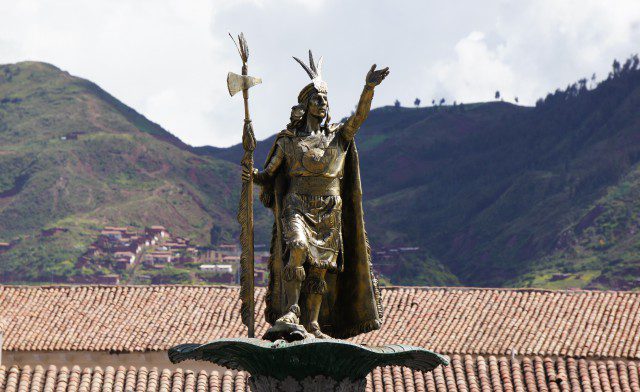
Cusco: Capital of the Inca Empire
Tired and cranky, we arrived in the historical and cultural capital of the Incas, in the still blackness of night. Despite the early hour, the bus terminal was bursting at the seams with the bewildering sight of hundreds of Quechua and Aymara women in traditional dress. Something we would become used to in the days to come.
Cusco was the capital of the Inca Empire, before it was conquered by Spain in the 1530s, and there’s a fascinating mix of colonial architecture built right on top of the old Inca foundations. This was easiest to see around the Plaza de Armas, where we could literally see the change of materials halfway from the ground up. It was layers of history displayed right before our eyes.
Cusco is known primarily as the main departure point for treks to the mother of all Inca ruins – Machu Picchu – but it also happens to be an enchanting colonial city in which to pass some time, which was fortunate for us, because both the Bear and I were visited by a major bout of diarrhea while in Cusco (common in Peru, I’m told).
Because of our runny stomachs, we didn’t get a chance to see Inca ruins like Sacsayhuamán or explore the Pisac Market, which is a major regret. I guess we’ll just have to visit Cusco again one day in the future. 😉
In fact, we didn’t do much, but wander the city (staying close to bathrooms at all times), and try to recover before our 4 day Inca Trail Trek began. Our recovery strategy included Big Mac combos (a first trip to McD’s on this trip), but honestly, eating something familiar (even though it’s unhealthy), made our stomachs feel much better.
Fortunately, Cusco is a wonderful city to meander through, and we enjoyed exploring the narrow streets and hanging out in the Plaza de Armas.
One interesting thing that we experienced in Cusco ONLY, was the local Quechua people’s astuteness in dealing with tourists. We were approached many times by women in colourful dress with adorable baby llamas, asking if we wanted to take pictures of them. For a few soles, of course!
Getting to Cusco
Our trusty bus company, Cruz del Sur, didn’t service the route between Puno and Cusco, so we were forced to look at other options. Despite online reports that buses depart for Cusco every hour, this was NOT true. Buses depart twice per day. Once around 9:30am and once around 11pm. The trip is approximately 5-6 hours, and there are a number of companies that drive the route.
We ended up taking the night bus (in semi-cama) because we didn’t plan well enough, but in hindsight, I think it would be better to take the day bus and enjoy all the amazing scenery. Besides, the ride is only 6 hours, and if you opt for the night bus, you’ll arrive in Cusco at 4 or 5 in the morning. Not ideal.
We used Tour Peru (cost: $22 for both of us), and it was fine, though not the most comfortable journey. We definitely didn’t sleep. If you do plan on taking the overnight bus, make sure you book cama/bed seats the day before, because when we tried to book the day of, all cama seats were sold out (and in low season!). The difference in cost is minimal, but the difference to your peace is massive.
Seeing the Sites
There’s a “boleto turistico” available for purchase in the OFEC office located at Avenida Sol 103 in Cusco, and it’s required for entrance into many of the major sites.
A full ticket (valid for 10 days), costs 130 soles and gives access to all of the major sites, museums and ruins around Cusco, including: tbe Santa Cataline Monastery, Museo Municipal de Arte Contemporáneo, Museo Historico Regional, Museo del Sitio del Qoricancha, Museo de Arte Popular, Centro Qosqo de Arte Nativo Danzas Folklórico, and Monumento Pachacuteq. And around Cuzco: Sacsayhuamán, Qénqo, Pukapukara, Tambomachay, Chinchero and the ruins of Pisac, Ollantaytambo, Tipón and Pikillacta.
A partial ticket (valid for 1 day), costs 65 soles and only gives access to a limited number of sites.



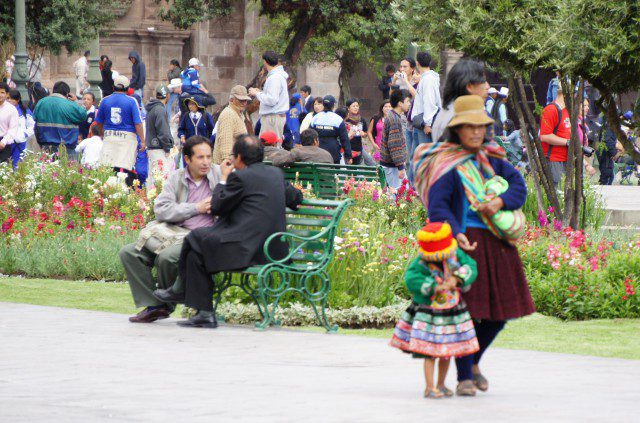
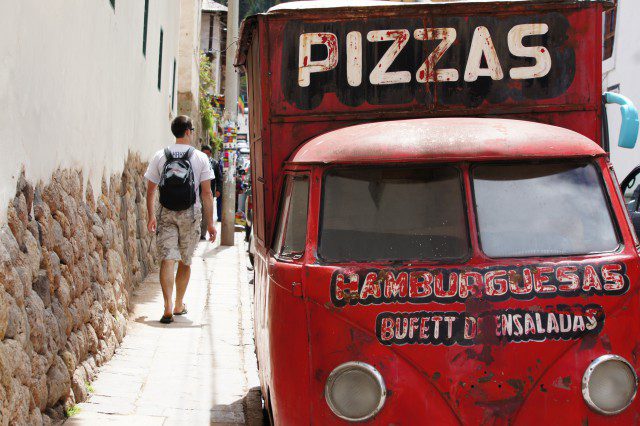
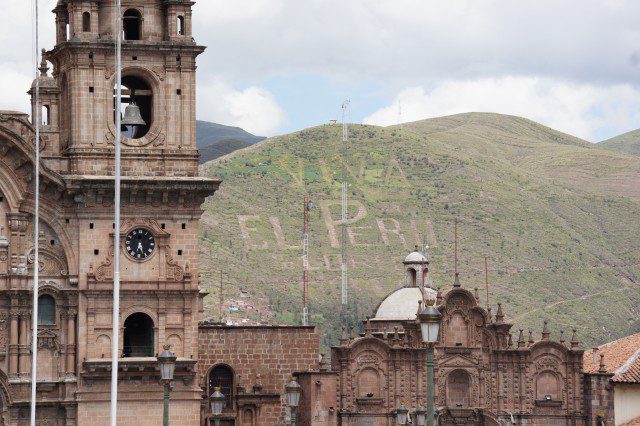
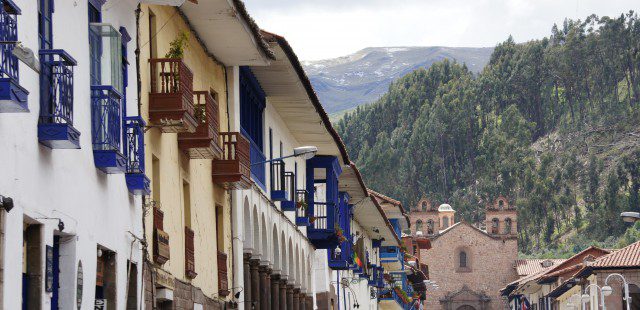
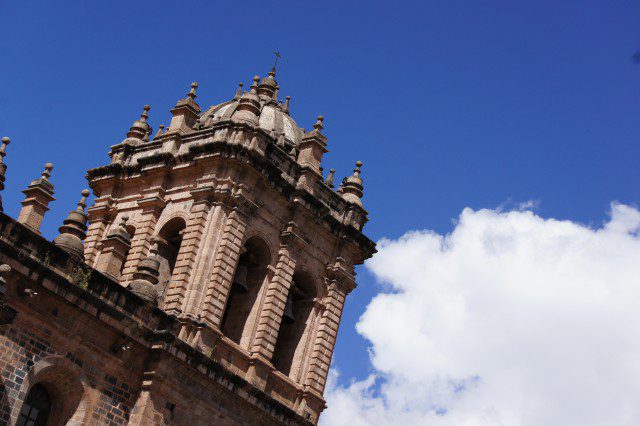

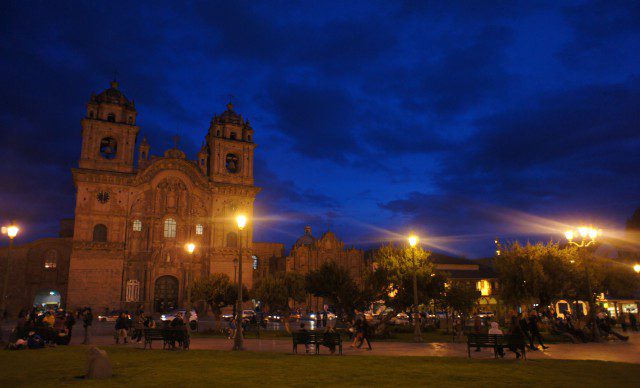
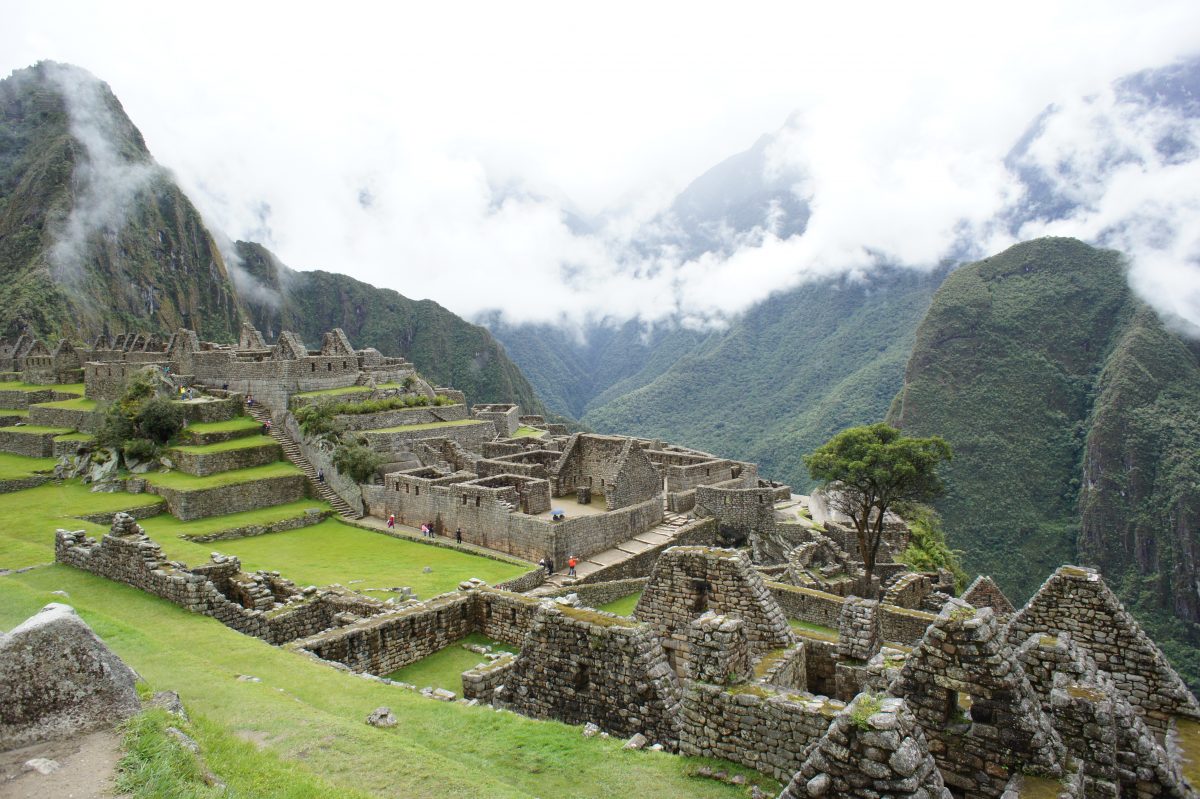
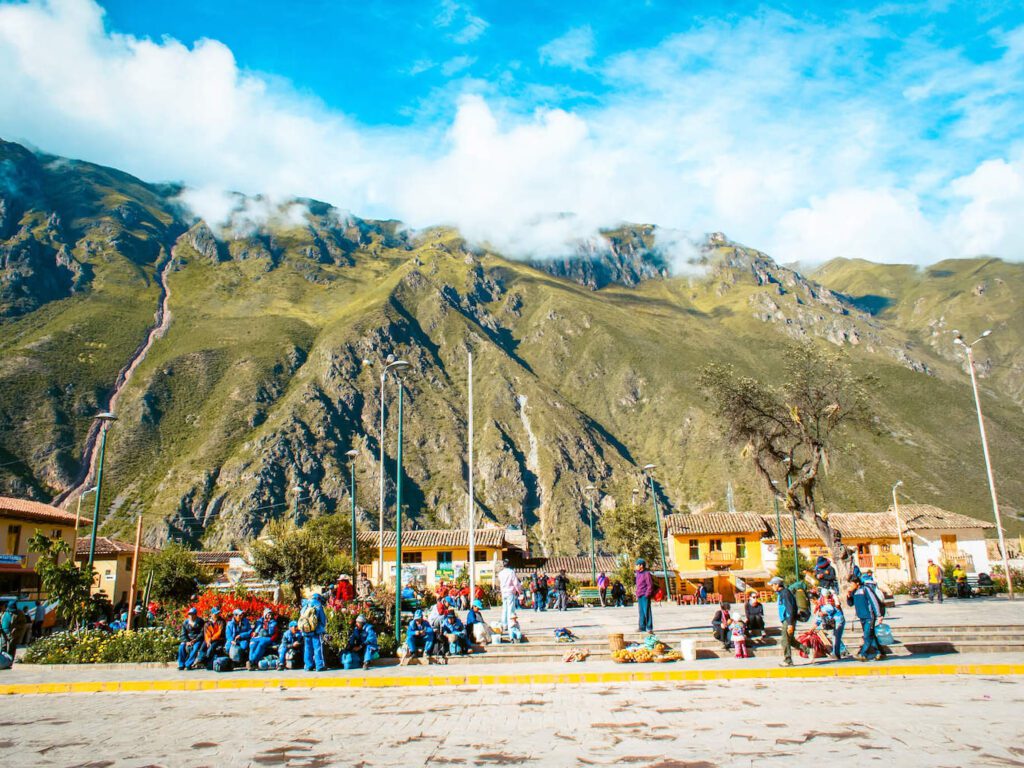
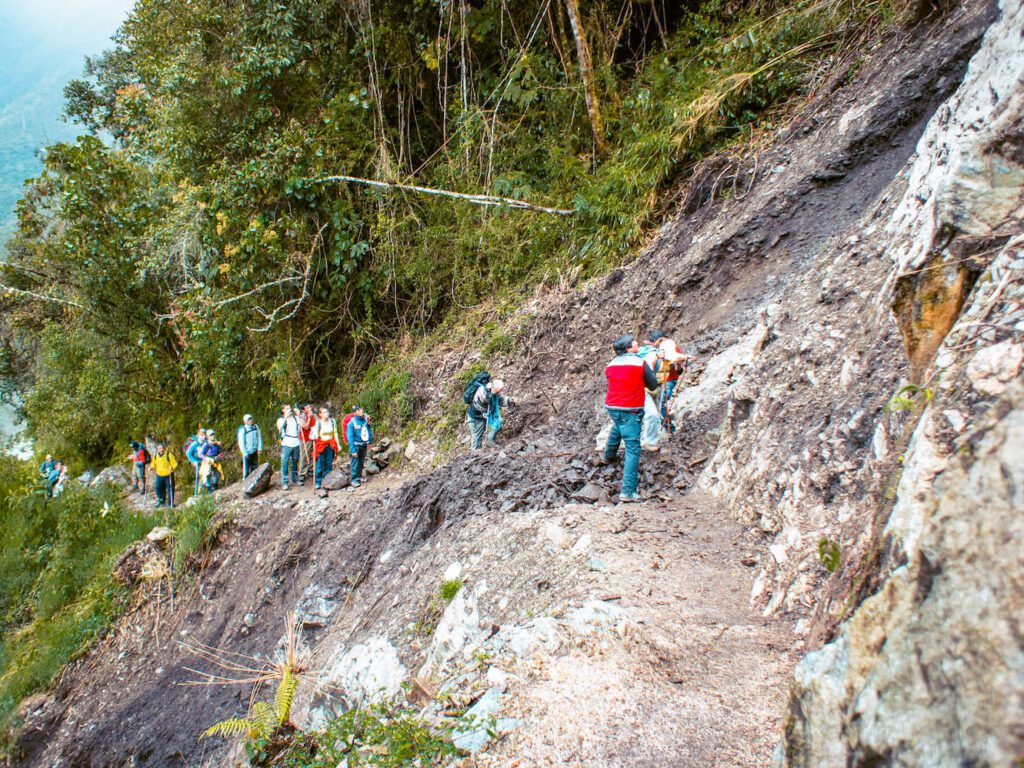
Johanne
Just rereading all your Peru posts in preparation for our holiday to Peru in December. I’m rather nervous – mainly trying to minimise our chances of altitude sickness with a carefully planned itinerary. We will be traveling with 3 little kids so our holiday will be quite different to yours, but your posts are still very useful. I shan’t be planning an outing to the hot springs at Aguas Calientes!
Shelley @Travel-Stained
Lol…yes, I would definitely avoid that hot spring!! We didn’t have too much trouble with the altitude, except for in Puno…because we just ascended too much, too fast. Bad planning! 🙁 I can’t imagine what it’ll be like to travel there with 3 kids. You are brave. Haha. 😉 I hope the posts are helpful, but feel free to ask us anything and have a fantastic trip!
Johanne
We are going to Lake Titicaca last, so hopefully we will have slowly acclimatised by then. As much as possible I’ve organised our itinerary in order of increasing altitude! That’s a first for my itinerary planning.
Shelley @Travel-Stained
That sounds like a great plan… Titicaca is def worth visiting, though I’ve heard Cocacabana on the Bolivian side is much nicer than Puno. Watch out for scalp burn though (seriously). Our skin was peeling off our heads in big chunks! 😮